The magic behind cozy corners for kids—and how to make your own
The quickest way to calm my 15-month-old when he is upset (which is often, as we enter early toddlerhood) is to breastfeed him in a way where I all but lie on top of him. He instantaneously settles when we are tummy to tummy, breathing in synchronicity, as he twirls my opposite nipple. My preschooler regularly requests to go to his indoor tent to hug his sensory pillow when he finds himself about to blow up at his demanding little brother. I, too, like to sit in the corner spot of our sectional couch, draped in every blanket we own when I need to chill out. I thought this desire to nest when disregulated was specific to our family, but many of us innately desire a safe space—or cozy corner—to settle our nervous system.
What is a cozy corner?
Calm-down spaces appear to be increasingly en vogue, but they have been around in educational circles and used as emotional regulation tools for neurodivergent children for some time. They have a variety of names, from “cozy corners” to “peace corners,” common in the Montessori method.
“In some families the kids come up with the name, but the term is not so important,” assures child development specialist, Siggie Cohen, PhD, whose patients lovingly call Dr. Siggie. “Let’s just look at what the idea is all about, which is self-regulation, self-soothing, problem solving, coping skills and resilience.” Children can practice these personal skills from a very young age, notes Dr. Siggie, who recommends implementing a calming corner as early as 3 years old.
“Very Intentional Parenting” author, Destini Ann Davis, had great success using a calming corner when her daughters were ages 3 and 8. The popular parenting coach said she observed a noticeable difference in their abilities to talk about their internal experiences.
“My daughters are significantly better at identifying and articulating their emotions. They will use phrases like, ‘I feel x’ or ‘I need a space break!,’” which Davis credits to their early use of the calming corner. “Cultivating an environment that teaches our children emotional intelligence and emotional regulation is an extremely important part of intentional parenting. I regularly encourage my clients to utilize calming corners and other emotional regulation tools.”
The simpler, the better
Before you start Pinteresting “cozy corners” and filling your Amazon cart, recognize that you don’t necessarily need a whole corner, says Kelly Winkler, co-host of Kidding Around Yoga’s Mindful Conversations with Kay podcast, a resource for parents and educators. Instead, you can create a smaller “calm container” with many of the same tools.
Winkler regularly employed “regulation stations,” as she calls them, when she was teaching elementary school. “Having a variety of tools empowers the children to find what works best for them and in that moment. Just make sure the container is easily accessible and that you teach the children how to use these tools properly at a time when they are relaxed and open to learning,” she shares.
Dr. Siggie believes the simpler, the better when it comes to cozy corners, and encourages parents to not get bogged down by trying to have the perfect items available. In fact, having too many items might backfire and end up overwhelming kids. “Parents jump into too big of an idea just because they saw it somewhere and then it’s too much for the children,” warns Dr. Siggie. “Start small. Any type of getting there requires a path. Even a single object can suffice: a lovey or a favorite action figure. Anything that guards [them], and keeps [kids] feeling safe. The key is that children feel like it’s a choice to go to that space or hold that object. They decide for themselves.”
Empowerment above objects
Unlike the time-out discipline approach, cozy corners are not meant to be places kids are sent away to. They are places the kids eventually choose to go. This empowerment piece is a huge part of what makes these spaces and objects effective. When a child is visibly dysregulated, it is an opportunity to suggest they explore their calm-down space, but be careful not to send your child there unwillingly. “They have to decide for themselves,” advises Dr. Siggie “It’s OK to be guided and mentored—these are different ways to be helped—but the parents must practice presenting it in such a way that the child knows they are not being rejected.”
Co-creating the space with your child is helpful so that they understand the space is for them. For example, let them name their safe space and allow them to choose its location and contents. Many families’ cozy spaces can be found in the middle of the living room versus a tucked-away spot in another room.
How to create a cozy corner
Let’s look at some items you and your children might explore including in their own cozy space. Common elements include sensory tools, mindfulness exercises and games, emotional education, and opportunities for movement. If you are overwhelmed thinking about purchasing all of these items separately, Davis and her daughters used Generation Mindful Calming Corner Kits, which include feelings posters, plushies, mindful movement cards, and more.
1. Hang up a feelings chart
In addition to regulating the nervous system, these spaces are an opportunity to teach children emotional vocabulary. Emotional literacy has been linked to improved mental health and well-being in later childhood and adolescence, according to various research.
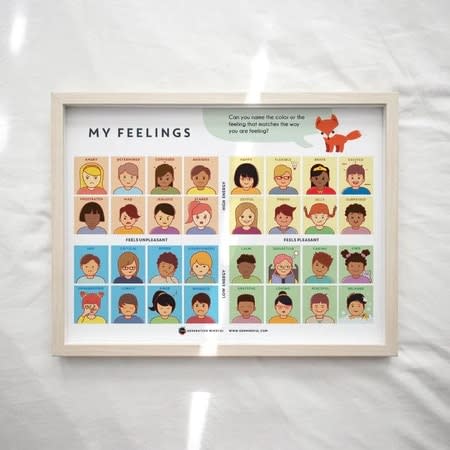
Generation Mindful
• $12
Feelings Faces
2. Add in something to squeeze or hug
Whether it’s their favorite stuffy or a sensory pillow, squeezing something soft can be incredibly comforting to a young child. My son loves his bolster-like Cuddling pillow from Bearaby. Its length is the equivalent to his torso and makes it easy for him to wrap his body around it.
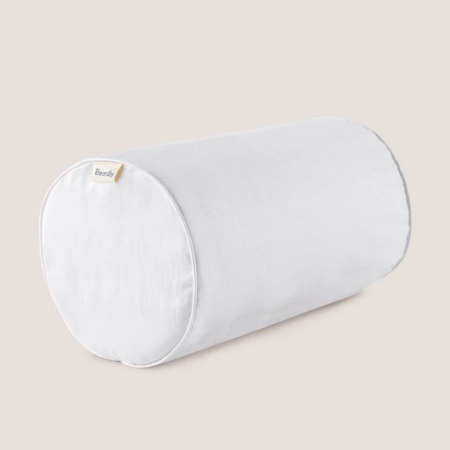
Bearaby
• $89
Cuddling
3. Stock up on sensory activities or fidget tools
Fidget tools have been strongly linked to reduce anxiety and improve focus in recent studies. We are big fans of Fat Brain Toys’ Dimpl. The whole family uses it at different times. Winkler loves glitter jars for teaching mindfulness. These are also very easy for kids to make at home, which is another opportunity to give your kids ownership over their safe space.
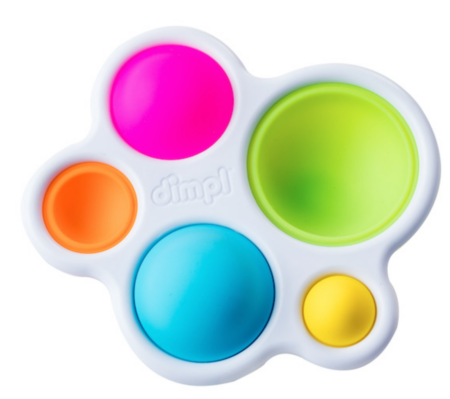
Fat Brain Toys
• $12.95
Dimpl
4. Opt for an expandable breathing ball
Our breath is intricately related to our nervous system and a readily available tool for all of us when we are feeling disregulated. For kids, having a visual cue to help them with their breathing can make this basic process into a game. Breathing balls expand and contract and you can teach your kids to time that with the breath.
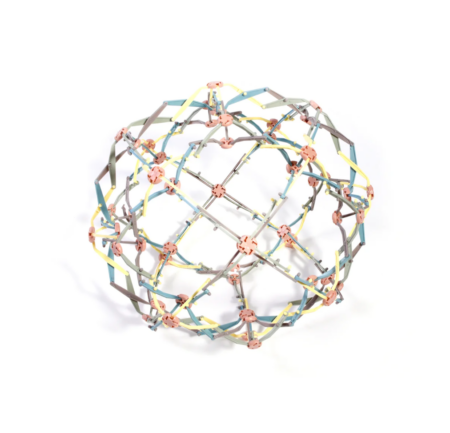
Mindful and Co. Kids
• $15
Mindfulness Magic Ball
5. Lay out yoga or movement cards
When we are in a heightened state, our body is preparing for fight or flight. Encouraging mindful movement, through yoga poses or other movement games, is a direct line to calming the nervous system back down and helping to release pent up energy. Kristi Fischer, Winkler’s podcast co-host, recommends Kidding Around Yoga’s Kids Yoga Deck, which not only has pose flashcards, but cues for breathing exercises and meditation activities.
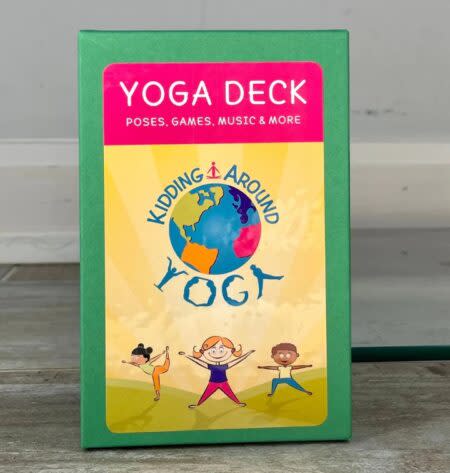
Kidding Around Yoga
• $19.95
Kids Yoga Deck
Calming spaces aren’t just for kids
It’s good to note also that Winkler would use her students’ spaces when she needed to destress. “I think no matter your age, having a place where you can feel grounded and calm can be beneficial. I personally like to utilize spaces I have created for both my own children and my students when I was teaching. Not only does it support me in my regulation, it also helps to model using the space for my children,” she shares. Do you have a go-to tool when you need a safe space? As we talked about, I love popping my kids’ Dimpl toys. I’ll also squeeze a yoga bolster or pillow when I feel disregulated. Modeling is such an effective teaching tool that it’s worth figuring out what works for you—and then sharing that with your kids.
